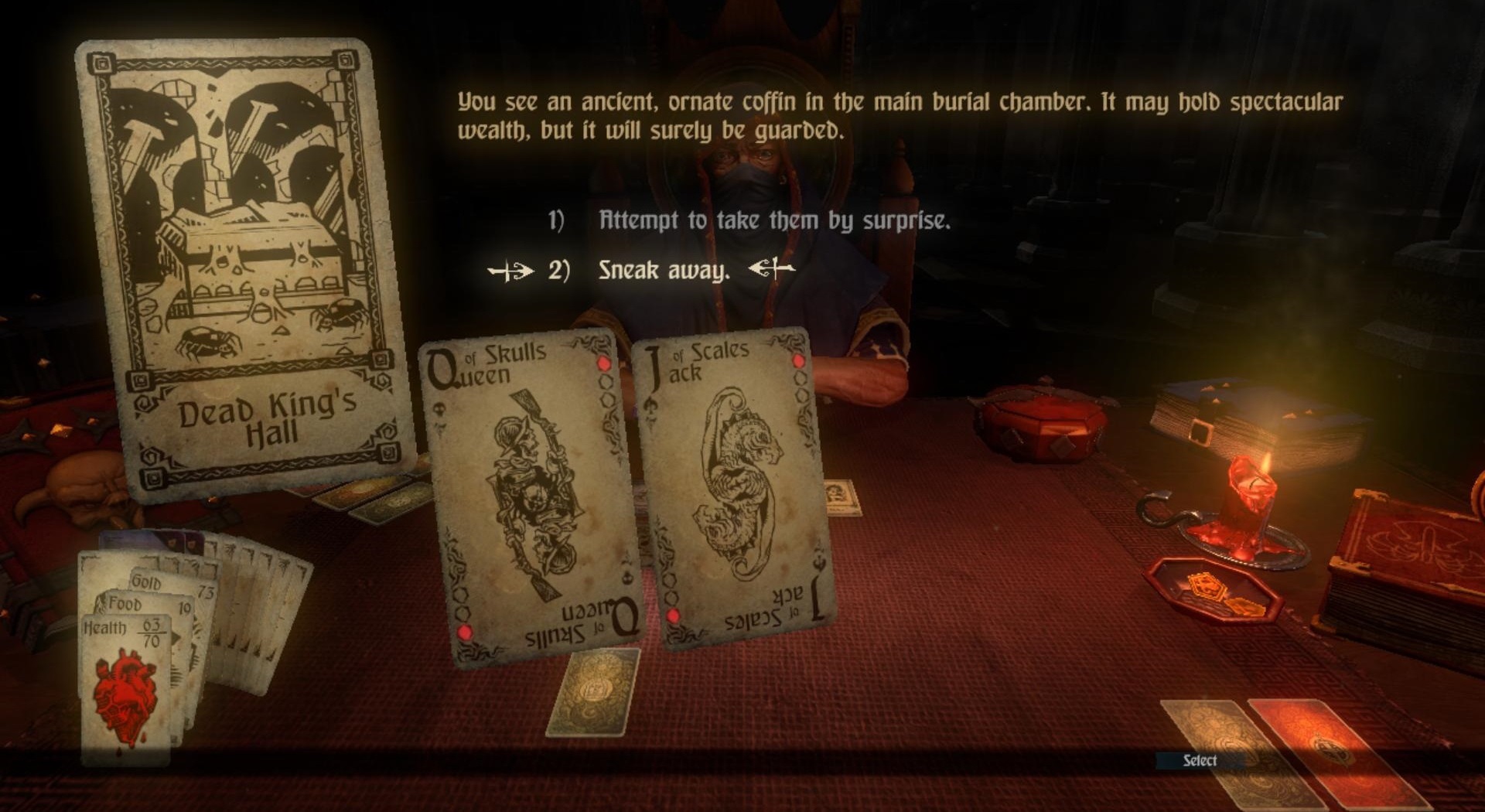
Statutes ( huqqim, used 21 times): The noun is derived from the root verb “engrave” or “inscribe” the idea is the written word of God and the authority of His written word: “…declaring his authority and power of giving us laws.” (Matthew Poole).Commandments ( miswah/miswot, used 22 times): “This word emphasizes the straight authority of what is said…the right to give orders.” (Derek Kidner).To obey His testimonies “…signifies loyalty to the terms of the covenant made between the Lord and Israel.” (Willem VanGemeren) Testimonies ( edut/edot, used 23 times): This word is related to the word for witness.Judgments ( mispatim, used 23 times): “…from shaphat, to judge, determine, regulate, order, and discern, because they judge concerning our words and works show the rules by which they should be regulated and cause us to discern what is right and wrong, and decide accordingly.” (Adam Clarke).“Proceeding from his mouth and revealed by him to us…” (Matthew Poole) Word ( dabar, used 24 times): The idea is of the spoken word, God’s revealed word to man.

Law ( torah, used 25 times in Psalm 119): “Its parent verb means ‘teach’ or ‘direct’ therefore coming from God it means both ‘law’ and ‘revelation.’ It can be used of a single command or of a whole body of law.” (Derek Kidner).

In this psalm there are eight basic words used to describe the Scriptures, God’s written revelation to us: But Scripture is mentioned in at least 171 of the 176 verses. Other people analyze this differently (with disagreement about Psalm 119:84, 90, 121, 132). The Masoretes (a group of Jewish scholars between the 6 th and 10 th centuries AD) said that the word of God is mentioned in every verse except Psalm 119:122. Psalm 119 is remarkable for how often it refers to God’s written revelation, His word. Since this is a psalm glorifying God and His word, it refers to Scripture over and over again. The closest parallel to this pattern in Scripture is found in Lamentations 3, which is also divided into 22 sections, and a few other passages in the Hebrew Scriptures use an acrostic pattern. Each of the 22 sections is given a letter of the Hebrew alphabet, and each line in that section begins with that letter. There are 22 letters in the Hebrew alphabet, and this psalm contains 22 units of 8 verses each. Psalm 119 is arranged in an acrostic pattern.

The sections and verses are not like a chain, where one link is connected to the other, but like a string of pearls where each pearl has equal, but independent value. No matter who the author was, it was likely written over some period of time and later compiled, because there is not a definite flow of thought from the beginning of the psalm to the end. It may be that David was the author, but we can’t say this with certainty, and it is not necessary to know if it were important, God would have preserved the name of David to this psalm. More modern commentators sometimes conclude that it is post-exilic, coming from the days of Nehemiah or Ezra. The author is unnamed older commentators almost universally said it is a psalm of David, composed throughout his entire life. This long psalm deserves a long introduction.


 0 kommentar(er)
0 kommentar(er)
